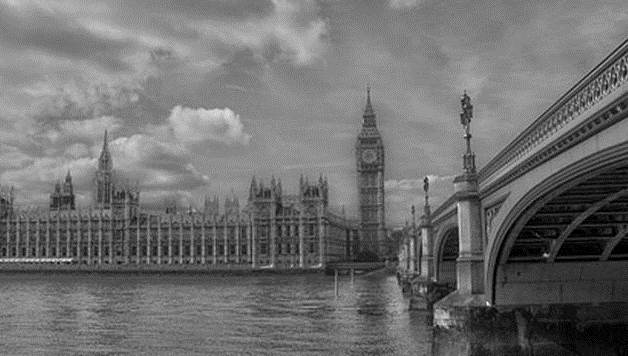On 20 June, the Competition Commission of India (“CCI”) took the (Brahman?) bull by the horns and imposed a record fine of 6,307 crore (approx. US$1.1 billion) on 11 cement companies, as well as the Indian Cement Manufacturer’s Association (“CMA”). The conduct in question? Participating in anti-competitive arrangements that fixed the price, and limited and controlled the production and supply of cement in India.
India’s competition regime is new (the regulation setting out the powers of the CCI was introduced in 2009), but this decision clearly demonstrates the agency’s willingness to test the boundaries of the law – a trend which can also be seen in other emerging economies. More generally, decisions (and fines) like these mean that companies doing business in Asia will to need to make sure their representatives are up to speed on the “Do’s & Don’ts” for interacting with competitors, not only in countries with well-established regimes like Australia, Korea or Japan, but right across the region.
What is most interesting is that the CCI’s decision was “based only upon economic analysis and market behaviour to prove some kind of meeting of minds … there [was] no direct evidence to support any cartelization or anti-competitive agreement among them.” Instead, the CCI was satisfied that circumstantial evidence regarding the market and the conduct of participants could be sufficient to establish the existence of an anti-competitive agreement. To do this, it took account of the following “indices for detecting such collusion”:
· existence of parallel pricing and price increases following industry association meetings;
· coordination of capacity usage at production plants;
· parallel conduct regarding cement volumes produced and dispatched to customers; and
· “super-normal” profits earned by the companies.
The CCI rejected the companies’ arguments that any parallelism was a result of economic factors – i.e. the homogenous nature of cement, cyclical demand or the oligopolistic character of the market. The CCI observed that evidence of communication between the parties “may give an important clue for establishing any contravention”. The key clues were:
· the companies all attended meetings of the CMA, providing a platform for competitors to share commercially sensitive information;
· members of the CMA regularly collected production volumes as well as wholesale and retail prices on behalf of the CMA, and provided it to CMA members;
· the CMA’s “High Power Committee” met regularly at hotels in various Indian cities;
· minutes of meetings showed that members had discussed prices (albeit in the context of apparent government pressure to reduce cement prices).
Consequently, the CCI found that “price parallelism does not remain a mere reflection of [a] non-collusive oligopolistic market … but mirrors a condition of coordinated behaviour and existence of an anti-competitive agreement…” in contravention of section 3 of India’s Competition Act 2002.







